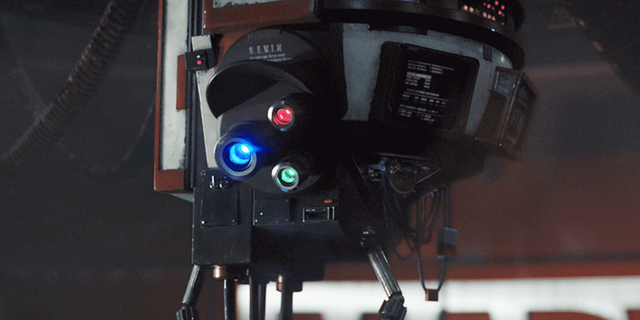After another year of visual effects playing an essential element in many major releases, both in theaters and on streaming services, VFX artists feel it is time to work collectively and form their own Hollywood union.
Reported by Vulture in Dec 2022, IATSE assisted in surveying VFX workers examining pay rates, working conditions and long-term sustainability. Ben Speight, an organizer of the Animation Guild and advocate for VFX unionizatio, said the response to the survey was “Overwhelming… with the right strategy led by VFX workers themselves, in the next year, there could be an opportunity for a group to move forward, be successful, and establish their first union.” IATSE, the International Alliance of Theatrical Stage Workers, which currently represents more than 150K technicians, artisans, and craftspeople across the entertainment industry, has historically focused on representing staff on or near production centers, and does not have a VFX union.
Working in the VFX Industry
There are an estimated 31K-117K VFX workers across the globe, with 32 different VFX houses, including names like Digital Domain, Framestore and Weta Digital, known for hits like Titanic, Gravity, and The Lord of the Rings respectively, employing many in the profession. Some VFX workers staff production companies in-house, such as DreamWorks, Netflix and Nickelodeon. With so many films and streaming shows now requiring VFX delivered on a tight turnaround, VFX workers are reporting 18-hour days, seven days a week, and an informal poll among VFX workers estimates that the average visual-effects coordinator can earn as little as $1,300 a week, only $18.57 an hour on the lowest end.
The latest VFX-heavy films require more than a dozen VFX houses to successfully complete the workload. Some studios that rely heavily on visual effects, especially Marvel, which has yet to create its own proprietary VFX house, is known for over-working and underpaying its contract VFX artists. This is particularly true on the studio's Disney+ shows, which require 3K separate VFX shots, almost double the typical number of VFX shots for a Marvel film, which is usually 1.6K. Marvel’s high demands have also led to unusual work hours for contracted teams.
Insiders have shared that President Kevin Feige insists on approving every VFX shot, on his schedule, from VFX houses around the globe. “You wake up, and the first review would be set for 7:30 on a Sunday, because you’re dealing with Kevin’s schedule, you’re dealing with vendors all over the world: London, Bangalore, Australia, China,” said a former Marvel VFX artist.
The goal of the IATSE VFX survey, and the work of Speight and others, is for VFX workers to create a collective-bargaining agreement with the Alliance of Motion Pictures and Television Producers. With a potential Writers’ strike approaching in May 2023, Speight wonders, "Is this the year we unionize? There has never been a higher level of interest among VFX workers in this country and beyond."
Source: Vulture

